Change is inevitable in Services but often difficult, especially when it challenges current operational and organizational norms. When you can recognize the conditions that require change and can address the potential inhibitors you can prepare for a smooth transition to a new operating and organizational model.
Is it Time For a Change?
Is your Service team ready to meet the challenges of 2022 and beyond? Can you respond to current demands, support new products on the road map, and are your prepared to fully embrace an as-a-Service model?
Change is inevitable in Services but often difficult.
Change is especially difficult when it challenges current operational and organizational norms. When you can recognize the conditions that require change you can prepare for a smooth transition to a new operating and organizational model.
Consider the following indicators that signify change is necessary:
- Customer Demand – Customers express explicit need for better coordination between service entities and enhanced responsiveness to product needs.
- New Leadership / Vision – Service or corporate executives edict.
- New Revenue – Pursuit of new revenue opportunities from new service sales (Up-sell/Cross-sell).
- Customer Retention – Effort to stem customer deflection due to product and or service deficiencies.
- Competition – Competitors (partners and/or product competitors) offer differentiation with coordinated service offers.
- Product Transformation – Changes to product demand new types of customer engagement and/or programs.
Overcome Inhibitors to Change
There are always reasons not to change, but in most cases change is necessary.
Consider the following inhibitors to change and develop a response to address each:
Incentives
The specific goals of teams and individuals do not foster cooperation. Individual and team goals and incentives may need to change to drive new behaviors.
Executive / Corporate Philosophy
Attitudes such as “Technology first”, “we never did it that way before…”, “let the channel do it…” inhibit organic Service transformation. Change the culture with fact-based evidence to justify the reasons for transformation.
Lack of Vision
Lack of visibility into opportunities or risks of not making changes diminishes executive support. Make the case for why change is necessary. Quantify the net benefits to change.
Parochial
Views that protecting organizational “turf” is more important than corporate growth. Convert detractors of change into champions by convincing individuals that the change will result in a net personal benefit.
Rapid Growth
No perceived need to change during growth. It is hard to make the case for change when all performance indicators are positive. While change during high growth periods may not be necessary or possible, be prepared for when growth slows.
Too Busy
When there is a justifiable reason to change, then everyone can make the time to do what is right. Make the case that the benefits of change are worth everyone’s time.
Risk Averse
Change for the sake of change is never a good idea. All changes should be well thought-out and understood. A good plan should outline the risks in addition to the rewards.




